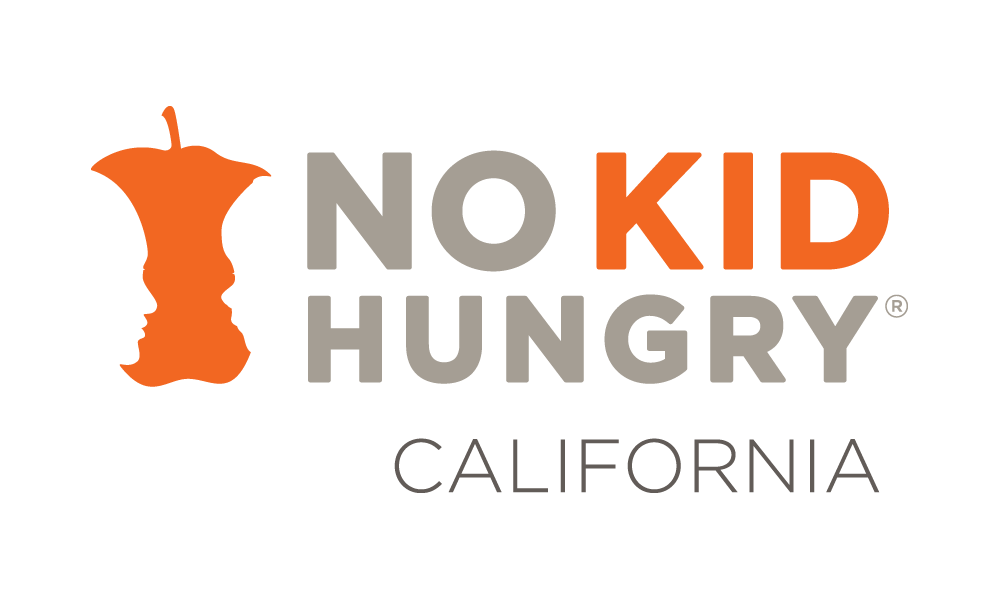“We saw this as an opportunity to fill that (hunger) gap.” – Carlos Murta, director of school nutrition services

CVUSD Nutrition Professionals and the No Kid Hungry team at a summer meal site in Thermal, CA.
Beyond its famous music festivals and golf courses, the Coachella Valley region is a significant agricultural hub and encompasses vibrant communities from Palm Springs to the Salton Sea. Coachella Valley Unified School District (CVUSD) serves a significant portion of this region, providing education and nutrition to thousands of students across its elementary, middle and high schools.
“Over 92% of CVUSD students are socio-economically disadvantaged, with many relying on school meals as their primary source of healthy food,” states Carlos Murta, school nutrition services director. “Whatever last meal we provide on a Friday supper, may be the very last healthy meal a kid may have until Monday morning for the next breakfast that we offer.”
At CVUSD, school nutrition services have been proactive in addressing food insecurity among its students, particularly during the summer months. Traditionally, summer meal programs have relied on a “congregate” model, where children gather at specific sites to receive and eat their meals.
In recognizing the challenges some families face in accessing these sites—due to transportation barriers, distance to sites, the blistering desert summer heat, or other logistical hurdles—CVUSD has embraced innovative solutions to ensure continuous access to nutritious food year round.
One such solution is the summer rural non-congregate meal program. This program is specifically designed to reach students in more remote or sparsely populated areas of the Coachella Valley, where access to traditional congregate sites might be limited.
District Summer Meal Service Overview:
- Key Achievement: Over 52,000 meals served
- Number of Meals per Meal Kit: One-day meal kits of breakfast and lunch (2 meals) were provided daily, Monday through Friday
- Operational Model: CVUSD school buses drive to sites across the valley and serve as distribution points. Parents and caregivers can drive up for this grab-and-go model. Each bus served anywhere between 200-400 meal kits.
- Integrity Plan: Children did not have to be present for parents to pick up meals, but if families requested more than five meal kits, they had to be present on their first pick up for verification. Then they received a card for daily pick-ups.

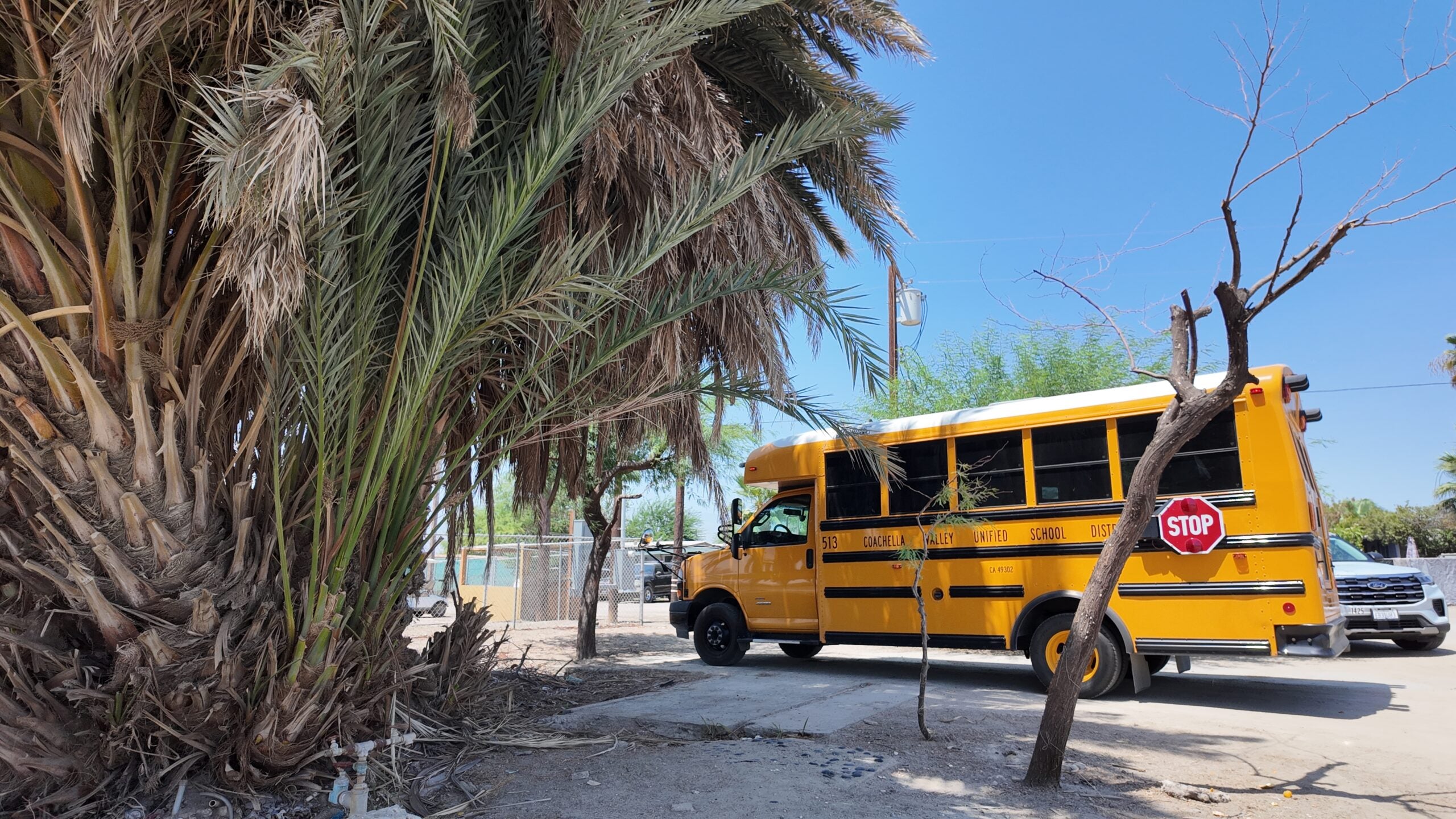
“Our location here in the desert, for some of our families, big produce stores might be 20, 30, 40 miles away from them,” said Murta. “By adopting a non-congregate approach, meals are made available for pick-up at accessible community points. This flexible model reduces barriers to participation and closes the hunger gap throughout the summer break.
In their first year operating the rural non-congregate summer meal service, Murta and his team of hunger heroes served over 52,000 meals, nearly doubling the number of meals served the year before. The grant from No Kid Hungry enabled their team to prepare fresh, scratch-cooked meals, saving money compared to purchasing pre-packaged, processed items.
Murta explained that they were able to provide some of their best-selling sandwiches in the kits. For example, instead of purchasing already individually wrapped items, they served and packaged freshly made chicken sandwiches and hamburgers to their community.
“[The rural non-congregate model] is an amazing program that most communities, especially in remote areas, can take advantage of,” Murta explained.
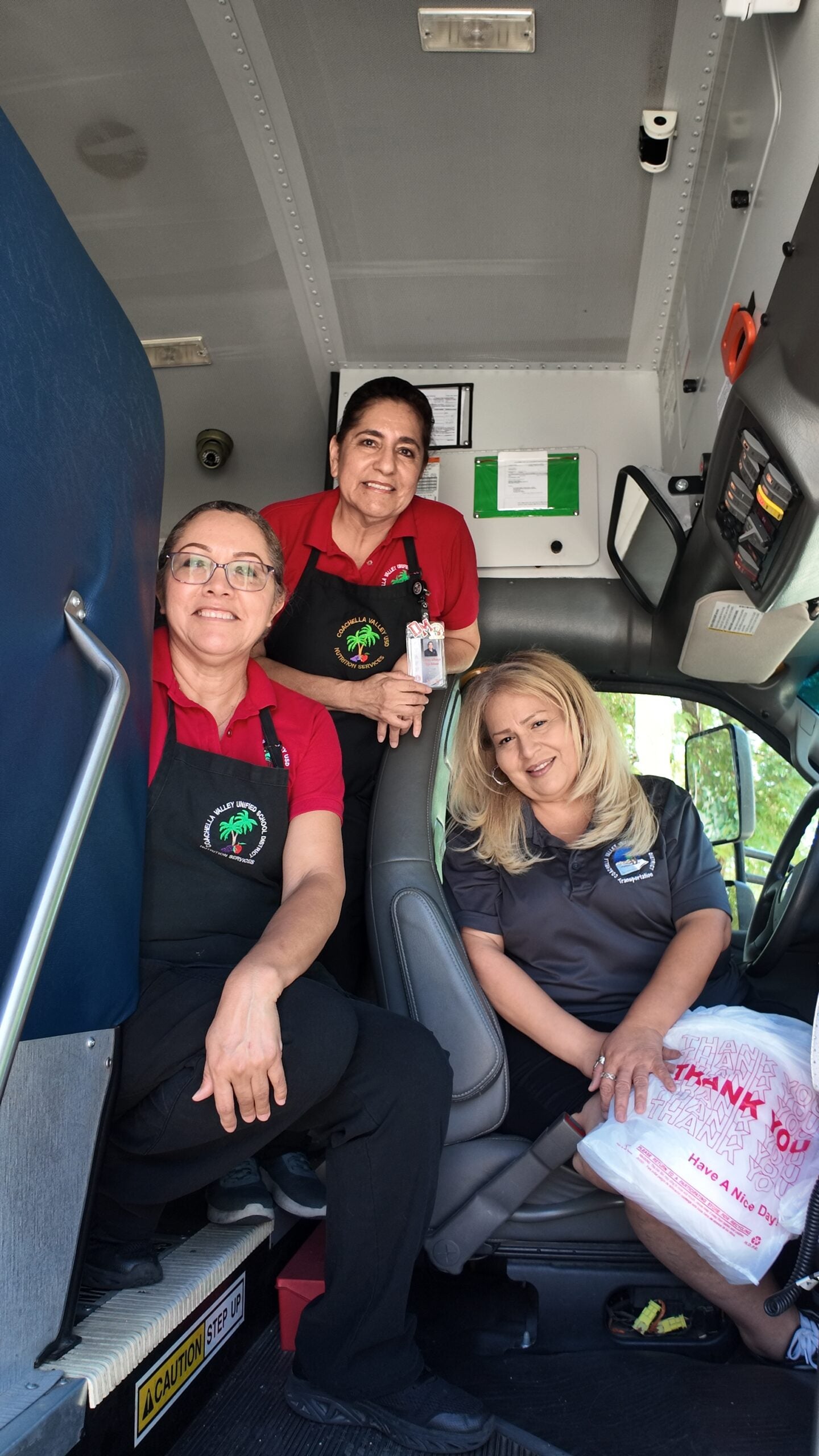

“I know it’s easier just to serve meals during summer school, inside a facility, but why not? If you have passionate people in the community and in your employees, who are willing to go out on the bus in the 112 degree weather and feed kids, by all means, it should be done.”
“This program is a testament to the dedication of Carlos Murta and his entire team,” says Andrea Cuellar, senior program manager for No Kid Hungry. “Their unwavering commitment to feeding kids, even in the most challenging conditions, ensures that no child in the Coachella Valley goes hungry. It’s truly inspiring to see the impact they’ve made in our community.”
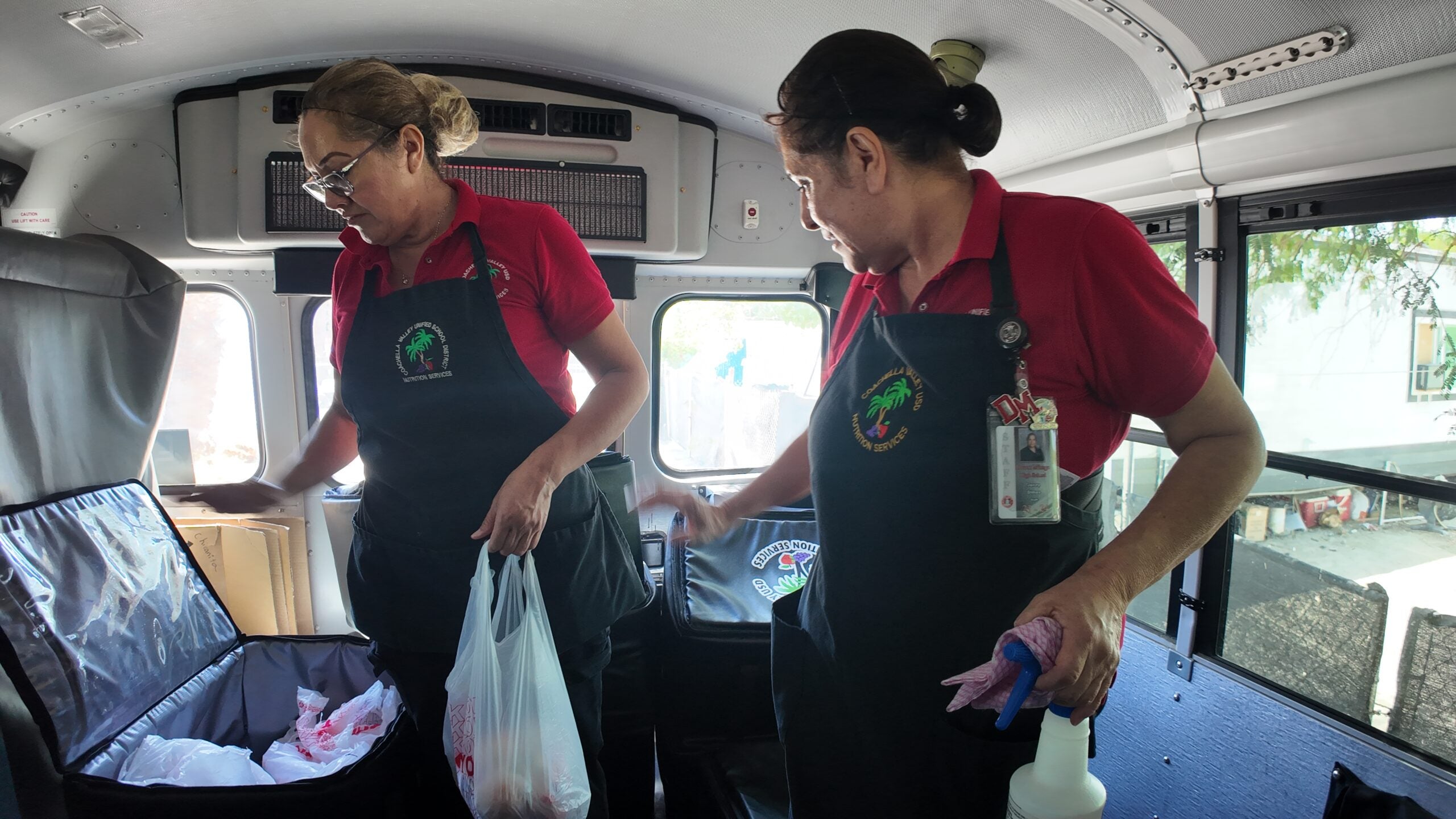
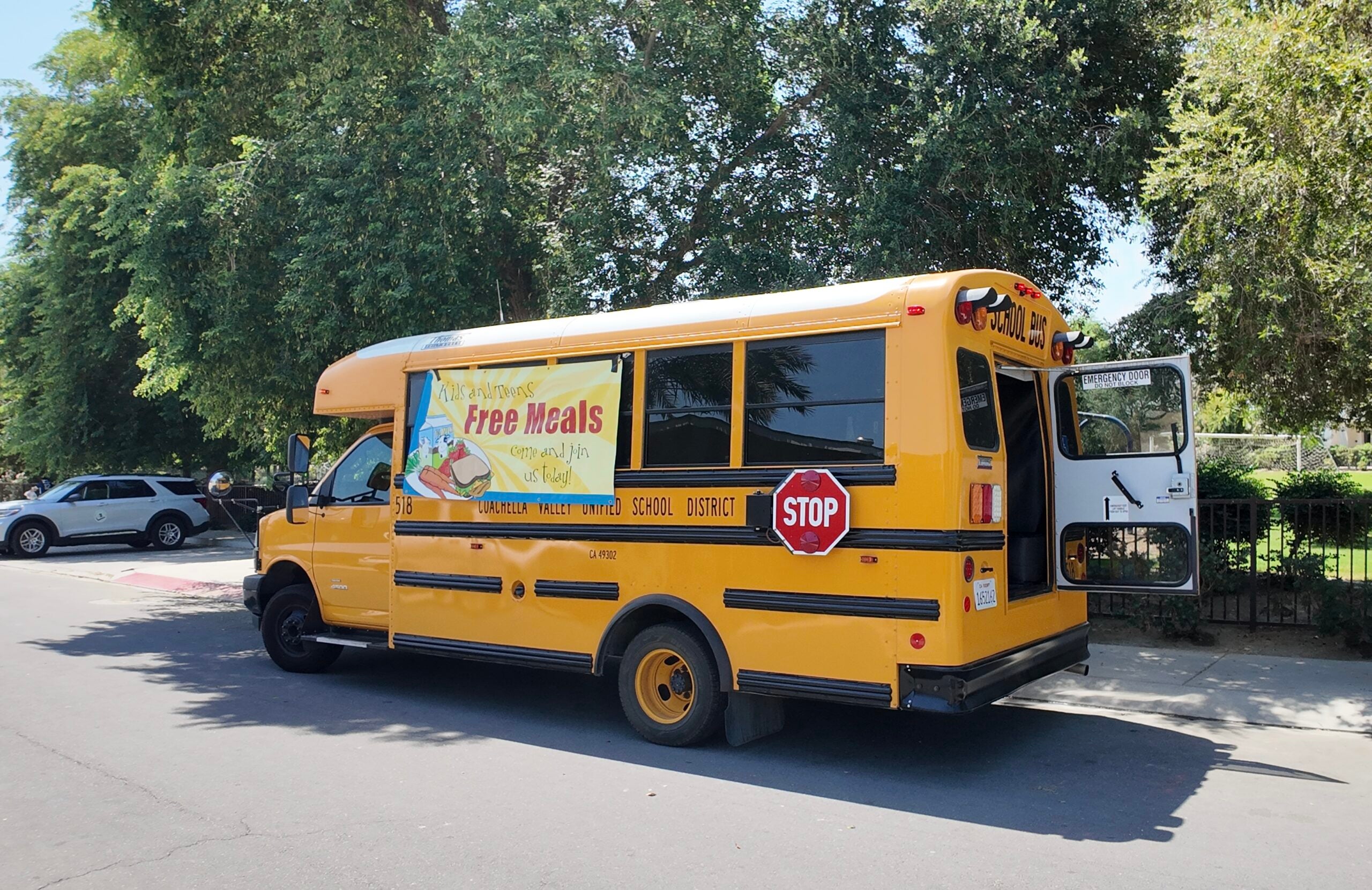
Ways You Can Help
New research by No Kid Hungry (see full report) reveals an overwhelming number of parents are struggling to put food on the table for their kids. This is especially true during the summer months when kids lose access to many essential free school meals.
You can ensure kids have the nutrition they need to thrive in and out of the classroom and reach their full potential in a variety of ways:
- Donate. $1 can help provide 10 meals* to kids. Your support will help us fund meal programs all over the country and help us advocate for policies that will help kids get the meals they need. *Donations help support programs that feed kids; No Kid Hungry does not provide individual meals. Meal equivalencies vary. Learn more at NoKidHungry.org/OneDollar.
- Advocate for kids. Reach out to your elected officials and ask them to do more to end childhood hunger. Tell your lawmaker to advocate for policies that will help kids get the meals they need.
- Become a sponsor or expand your summer non-congregate meal program for Summer 2026. Visit our Center for Best Practices for more information on the rules, eligibility, grant information and more.
Last update: November 18, 2025
